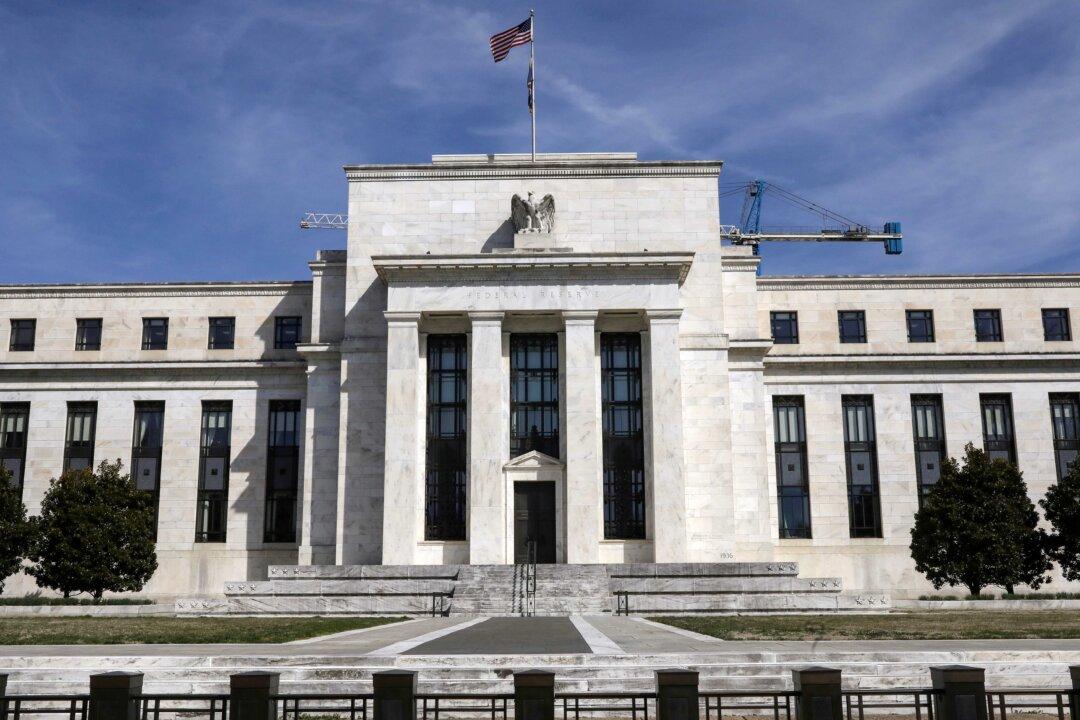A former Federal Reserve official said the central bank is likely to announce a tapering to its massive asset-buying program at a policy meeting in November and begin the process a month later, as investors look for clues when the central bank will begin withdrawing some of the support that has boosted markets.
Dennis Lockhart, who served as president of the Atlanta Federal Reserve from 2007 to 2017, made the prediction during a question and answer session at the Reuters Global Markets Forum (pdf) on Sept. 2.





